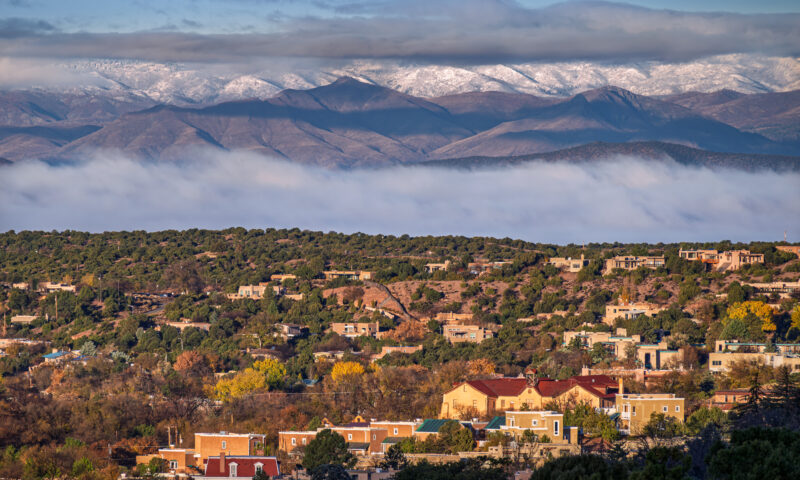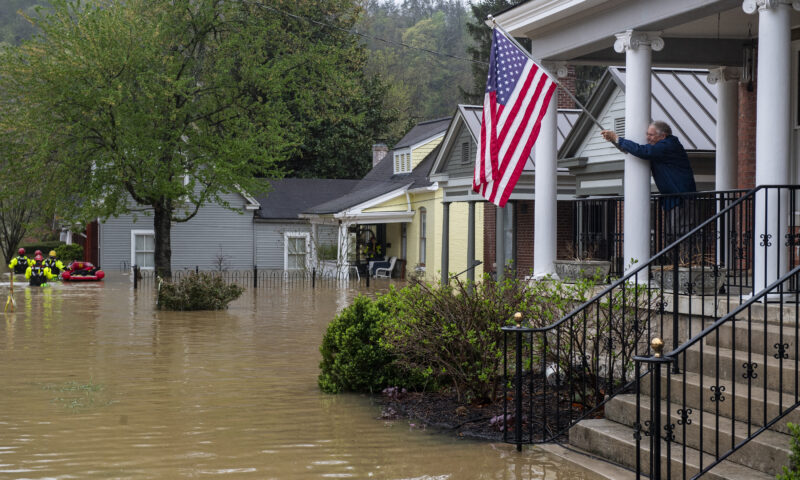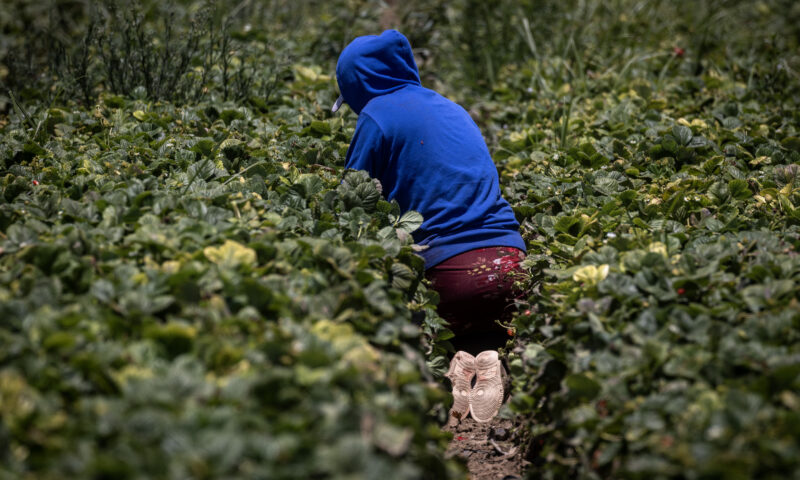Deadly Detention
Deadly Detention: Why Are Immigrants Dying in ICE Custody?
Capital & Main has launched a new investigative project examining detention deaths, just as ICE signals a move toward even less openness than it has previously displayed.

Inspectors found that detainees in some centers are illegally strip-searched, housed in filthy conditions and segregated or placed in solitary confinement for trivial reasons.
Since 2016, 23 men and women have died inside Immigration and Customs Enforcement detention centers. They came from 15 countries in Latin America, Asia, Europe, the Middle East and the Caribbean, and ranged in age from 23 to 65. The detainees included Osmar Gonzalez Gadba, a Nicaraguan national who hanged himself in his cell at the Adelanto Detention Facility near San Bernardino; a Panamanian named Jean Jimenez Joseph, who also committed suicide, in Georgia’s Stewart Detention Center; and Moises Tino Lopez, a young Guatemalan who died of “cardiac arrest” in a Nebraska jail. They were not prisoners serving criminal sentences, but immigrants who existed in a legal twilight without the freedom to leave their places of incarceration — in at least one case, because the detainee couldn’t afford the cost of bail.
Read “The Lonely Death of Moises Tino Lopez”
Capital & Main has launched a new project, Deadly Detention, to give names and faces to these 23 dead, and to explain how they met such sad fates in the country most had come to in search of better lives. It is a counterweight to ICE’s secrecy and comes as the Trump administration expands an already sprawling detention system to accommodate the growing number of immigrants caught up in its deportation surge. (In September and October of this year, the Department of Homeland Security issued notices to potential bidders that it was interested in establishing new detention centers near Chicago, Detroit, St. Paul, Salt Lake City and one in South Texas that would hold some 1,000 detainees.)
We have petitioned for detailed information about each detainee death since 2016 under the federal Freedom of Information Act. ICE publicly released 13 of these detainee death reviews this month. Although far from conclusive, the reviews aim a rare spotlight on poor and often delayed care at the nation’s nearly 250 detention centers and county jails that house immigration detainees, many of which are in remote locations and largely hidden from public view.
Capital & Main has dug deeply into how and why these and other deaths occurred, whether or how they could be prevented, who is responsible and how the system can function more humanely.
This project begins as ICE signals a move toward even less openness than it has previously displayed. The agency has received preliminary approval from the National Archive and Record Administration to destroy records of detainee deaths and in-custody sexual assaults after 20 years, and solitary confinement documents after just three years.
At the same time, the plight of some detainees has recently attracted high-level attention: Senator Dianne Feinstein (D-CA) has called for an investigation into conditions for immigrant detainees at Contra Costa’s West County Detention Facility in Richmond, where they have reportedly been denied permission to use bathrooms. The DHS’s Inspector General conducted unannounced inspections at five detention centers and released a report this month that finds that detainees in four of them are illegally subject to strip searches, housed in filthy conditions without adequate water for bathing, and placed in solitary confinement or segregation for trivial reasons.
The Inspector General also discovered that medical care was delayed and detainees weren’t provided competent interpreters. (The IG visited the Hudson County Jail in New Jersey, Otero County Processing Center in New Mexico, Santa Ana City Jail in Orange County, California — which no longer houses ICE detainees — and Stewart Detention Center in Georgia. The IG had previously visited and reported on a number of abuses at the Theo Lacy Facility, also in Orange County.)
In the meantime, detainees continue to die, often far from family or friends. Their official obituaries — terse news releases written by government clerks following each death — are heavy on the details of individual criminal records and far less instructive about the detainees as people, or the circumstances surrounding their passing. Beginning today, we will fill in the gaps and shadows, and later, with the help of an interactive map, will provide thorough investigations of detainees’ lives and deaths. In those endeavors, any help from readers would be welcome. If you’d like to share information, please contact us at info@capitalandmain.com, using “Deadly Detention” in the subject line.
Copyright Capital & Main

-

 Column - State of InequalityNovember 28, 2025
Column - State of InequalityNovember 28, 2025Santa Fe’s Plan for a Real Minimum Wage Offers Lessons for Costly California
-

 Latest NewsDecember 8, 2025
Latest NewsDecember 8, 2025This L.A. Museum Is Standing Up to Trump’s Whitewashing, Vowing to ‘Scrub Nothing’
-

 Striking BackDecember 4, 2025
Striking BackDecember 4, 2025Home Care Workers Are Losing Minimum Wage Protections — and Fighting Back
-

 The SlickDecember 2, 2025
The SlickDecember 2, 2025Utility Asks New Mexico for ‘Zero Emission’ Status for Gas-Fired Power Plant
-

 Latest NewsDecember 1, 2025
Latest NewsDecember 1, 2025Accountable to No One: What 1990s L.A. Teaches Us About the Trump Resistance
-

 Dirty MoneyDecember 3, 2025
Dirty MoneyDecember 3, 2025Trump’s Anti-Climate Policies Are Driving Up Insurance Costs for Homeowners, Say Experts
-

 Child FarmworkersDecember 5, 2025
Child FarmworkersDecember 5, 2025To Protect Underage Farmworkers, California Expands Oversight of Field Conditions
-

 Column - State of InequalityDecember 4, 2025
Column - State of InequalityDecember 4, 2025Can California Claw Back Some Medi-Cal Care?

